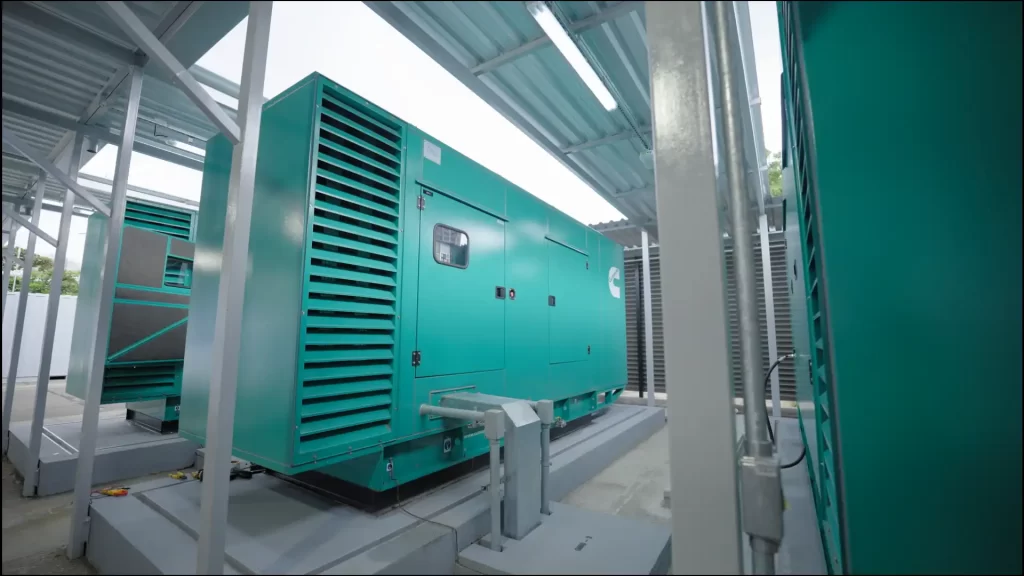7. Regulations and Regulatory Standards
Compliance with data security regulations and industry standards is becoming increasingly prevalent in the construction of data centers. This trend aims to ensure the protection and integrity of stored data, meeting legal and information security requirements.
In Brazil, data security regulations are primarily established by the General Data Protection Law (LGPD), which came into force in September 2020. The LGPD sets guidelines and requirements for the handling of personal data by public and private organizations and establishes fundamental principles for data protection, such as transparency, purpose, adequacy, necessity, free access, and security.
In addition to the LGPD, specific sectors may have additional data regulations, such as the financial and healthcare sectors, which are regulated by Complementary Law 105/2001 (Bank Secrecy) and Law 13.709/2018 (Personal Data Protection Law), respectively
Non-compliance with data security regulations can result in significant penalties for organizations, including fines and administrative sanctions.
These trends are reshaping the data center landscape, requiring continuous adaptation and innovation by companies to to keep pace with the rapidly changing digital industry.

